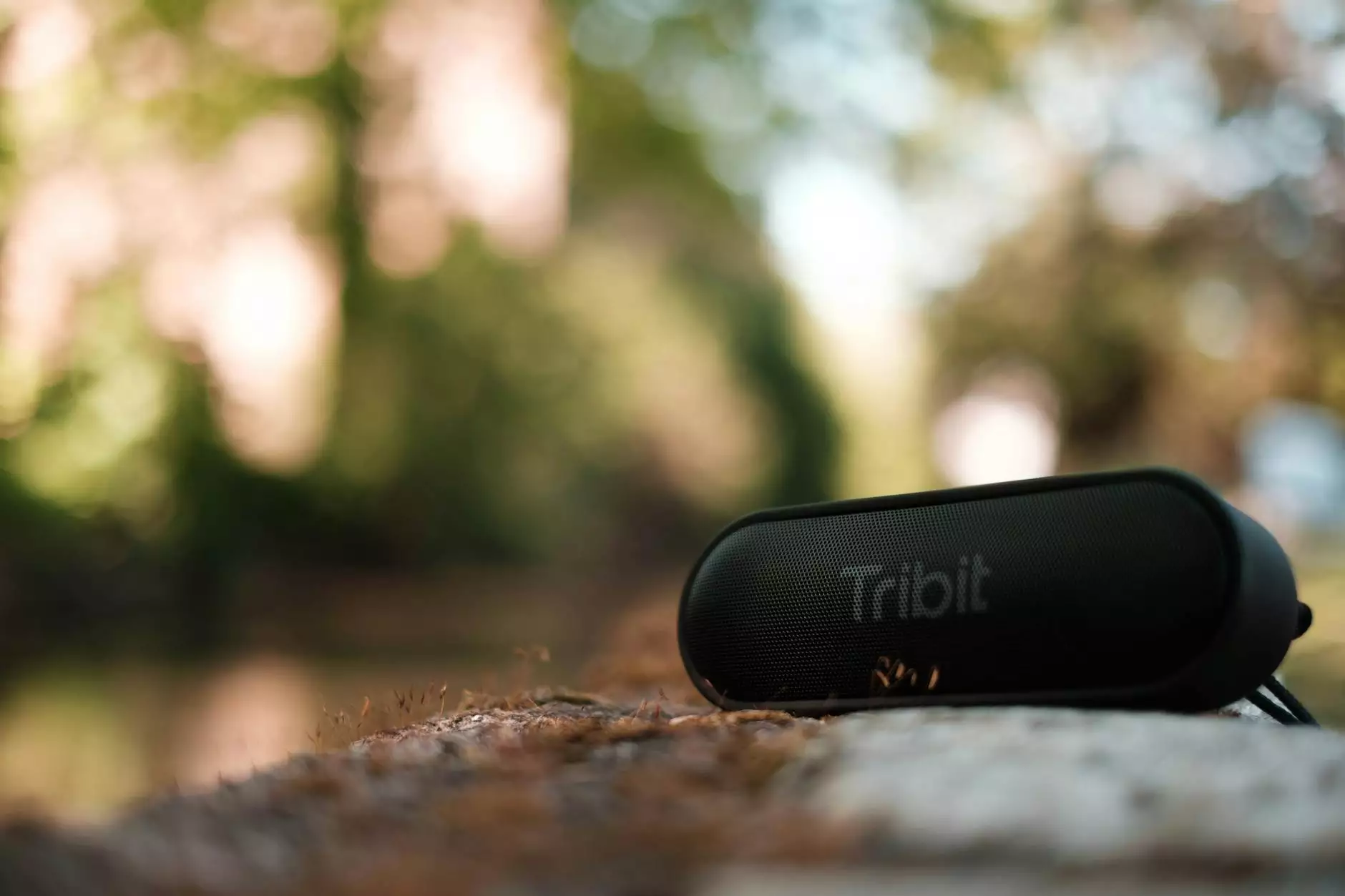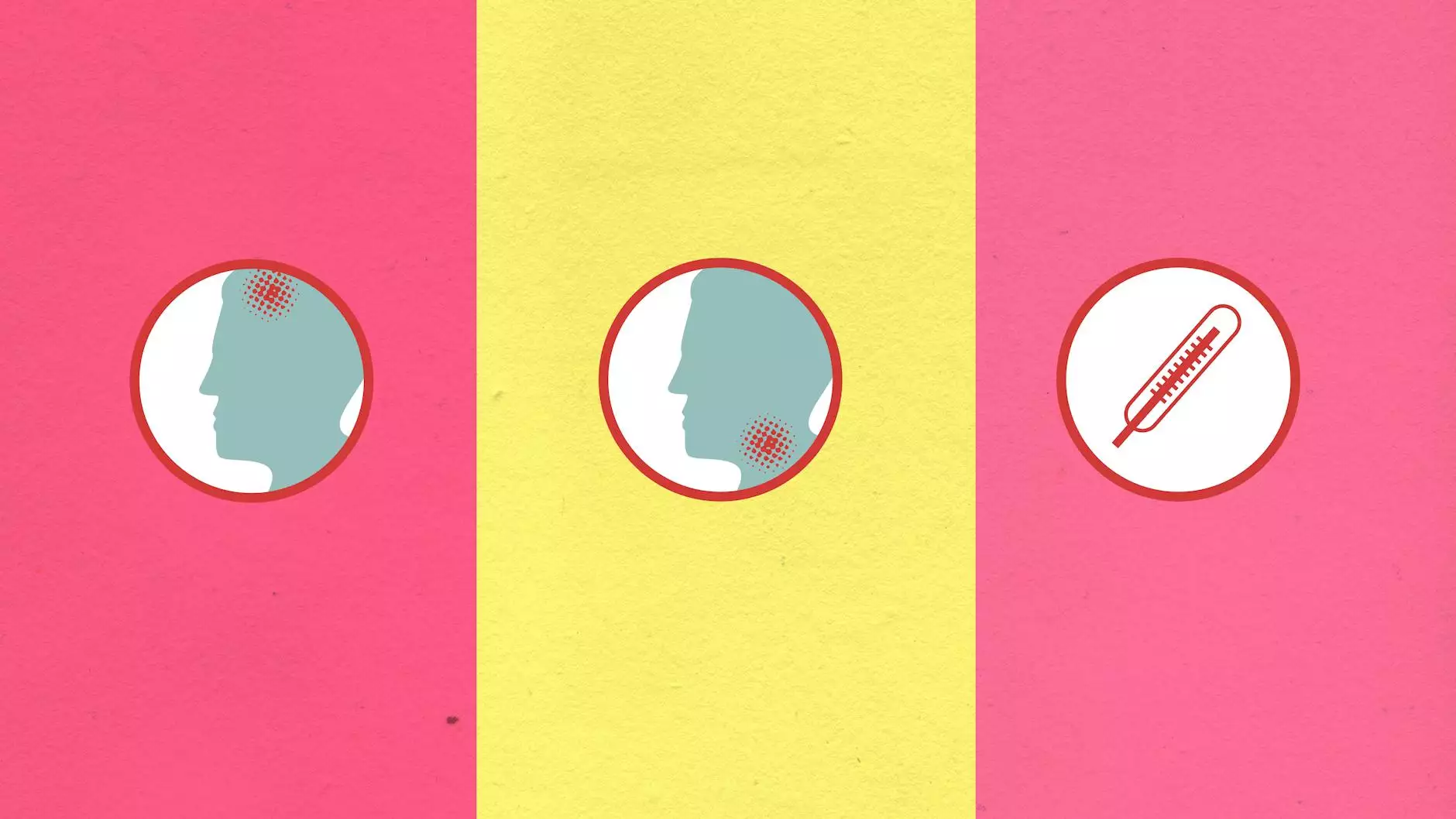Wear a Helmet While Sledding

Sledding is a popular winter activity enjoyed by people of all ages. It's an exhilarating experience to navigate down snow-covered slopes, feeling the rush of wind against your face. However, it is important to prioritize safety and protect yourself while sledding. One essential safety measure that often gets overlooked is wearing a helmet.
Why is Wearing a Helmet Important?
When you are sledding, your body is subjected to various forces and potential risks. The speed, uneven terrain, and potential collisions make sledding inherently dangerous, especially if protective gear is not utilized. Wearing a helmet significantly reduces the risk of head injuries, including concussions, fractures, and other traumatic brain injuries.
Your brain is a vital organ that should be cherished and protected. By wearing a helmet while sledding, you are taking a proactive step towards ensuring your safety and the long-term well-being of your brain.
Selecting the Right Helmet
Choosing the right helmet for sledding is essential to maximize protection. Here are some key considerations and tips to keep in mind:
- Fitting: Ensure that the helmet fits snugly and securely on your head. It should not be too tight or too loose, and it should cover the entire top of your head.
- Certification: Look for helmets that comply with safety standards such as ASTM F2040 or Snell RS-98. These certifications ensure that the helmet has been tested and meets the necessary safety requirements.
- Padding: Check for comfortable padding inside the helmet to provide cushioning and enhance comfort. The padding should be moisture-wicking and easy to clean.
- Adjustability: Opt for a helmet with adjustable straps and sizing mechanisms, allowing you to customize the fit for optimum comfort and safety.
- Visibility: Consider helmets with reflective elements or bright colors to improve visibility, especially when sledding in low-light conditions.
Tips for Sledding Safely
In addition to wearing a helmet, here are some additional tips to ensure a safe sledding experience:
- Choose the right location: Select a designated sledding area that is free from hazards such as trees, rocks, and traffic. Avoid steep hills with potentially dangerous drop-offs.
- Inspect the sled: Before each use, inspect the sled for any damage or wear. Make sure the steering and braking mechanisms are in proper working condition.
- Dress appropriately: Wear warm layers to protect yourself from the cold weather. Opt for waterproof clothing and non-slip boots to maintain stability on the sled.
- Sled with a buddy: Sledding with a friend or family member enhances safety and allows for assistance in case of emergencies. Never sled alone.
- Follow sledding etiquette: Be aware of other sledders and give them ample space. Wait for your turn, and avoid reckless behavior such as standing or sitting headfirst on the sled.
Conclusion
Don't let the thrill of sledding overshadow your commitment to safety. Wearing a helmet while sledding is a simple yet effective way to protect your brain and reduce the risk of serious injuries. Remember to select a helmet that fits properly, check for necessary certifications, and follow other safety guidelines. By prioritizing safety, you can fully enjoy the joys of sledding while minimizing potential risks.










